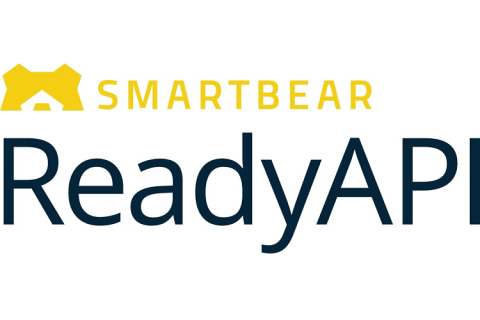Systems | Development | Analytics | API | Testing
%term
Securing Kubernetes Applications in 5 Minutes with Service Mesh
We announced the release of Kuma – a modern, universal control plane for service mesh back in September 2019. Since then, a roaring wave of community feedback and contribution has flooded the project. And that’s a good thing, so thank you to everyone who has given their time to helping Kuma grow. One recurring feedback we got was that the community was excited to see a platform-agnostic service mesh.
Ring-Fencing APIs: Modernizing Legacy Databases
Learn how you can modernize legacy databases and digitally transform your business through the power of APIs.
5 best practices to innovate at speed in the Cloud: Tip #4 Perform faster root cause analysis thanks to data lineage
Like any supply chain that aspires to be lean and frictionless, data chains need transparency and traceability. There is a need for automated data lineage to understand where data comes from, where does it go, how it is processed and who consumes it. There is also a need for whistle blowers for data quality or data protection and for impact analysis whenever change happens.
Yellowfin 9: Our new developer platform
Seek, who is one of our customers, came to us with a laundry list of functionality that their developers wanted. Like many enterprises, they have their own developers who are asked to deliver a design for their UX team and they need and environment where they can do that. They didn’t want us to worry about the UI, they just wanted the ability to code what they wanted directly into the Yellowfin dashboard environment, so we created Yellowfin 9 Code Mode which is our developer platform.
Bullet Chart
For this post, I’ll once again show you a chart that you may or may not be familiar with, as it’s not one of the most common. But, if you know how to use it, you may consider removing all the gauge charts you have in your dashboard. Therefore, let’s talk about the bullet chart.
Advanced API Ops: Bringing the power of AI and ML to API operations
Most business-critical applications today are powered by APIs, so any downtime or performance degradation can lead to significant loss in revenue, customers, and brand value. This puts pressure on operations teams to monitor real-time API performance and security. Adding to the challenge is the need to support new releases and reduce resolution times. And unfortunately, traditional third-party monitoring tools are little to no help when it comes to API operations.











